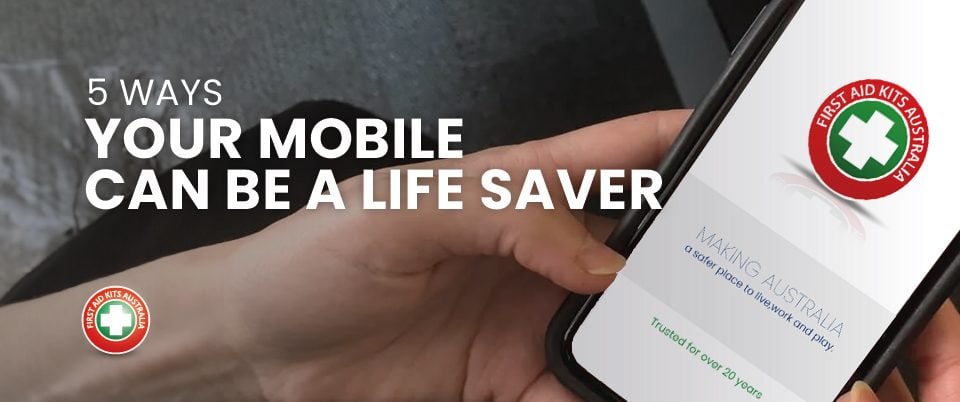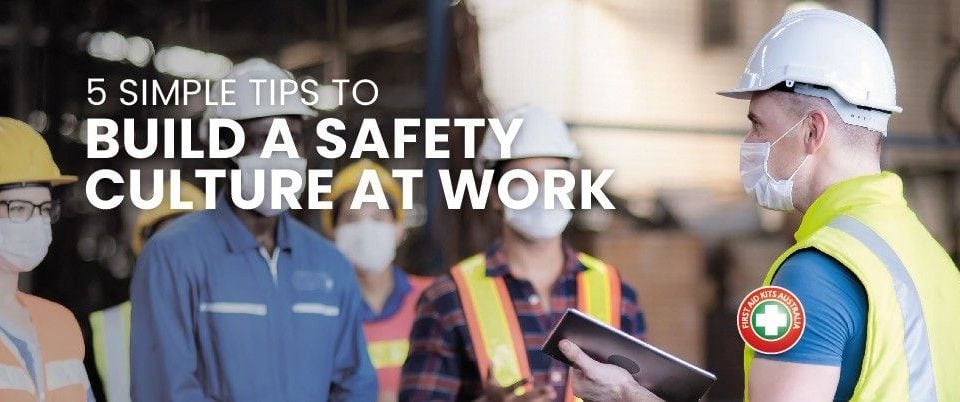
4 Tips to Servicing & Restocking your First Aid Kit
6 May 2020
First Aid Tip What to do when someone Faints:
22 June 2020The colder weather brings increased risk of burns. Hot meals, hot drinks, and heating appliances all add to the danger of a burn injury.
Burns can be caused by flames, UV radiation, hot liquids, steam, electricity, lightning and certain chemicals. All burns require immediate first aid treatment. The severity of a burn can be very deceptive. It’s critical you understand what type of burn and symptoms require immediate emergency medical treatment.
Types of burns
There are three levels of burns:
- Superficial: these burns only cause damage to the first or top layer of skin. The burn site will be red and painful.
- Partial-thickness: these burns cause damage to the first and second skin layers. The burn site will be red, peeling, blistered and swollen, with clear or yellow-coloured fluid leaking from the skin. The burn site is very painful.
- Full-thickness: involves damage to both the first and second skin layers, plus the underlying tissue. The burn site generally appears black or charred with white exposed fatty tissue. Very deep burns may damage the underlying muscle or bone. The nerve endings are generally destroyed, so there is little or no pain at the site of the full-thickness burn. However, surrounding partial thickness burns will be very painful.
It can be difficult to tell the difference between partial and full-thickness burns. The depth of a burn is not critical in the initial treatment of burns. Instead, an assessment of the extent of the burn is more important.
To treat a burn
- Remove the person from danger.
- Remove any clothing if not attached to the skin
- Cool the burn with cold running water for 20 minutes, but keep the person warm and look for signs of shock (pale, cold and clammy skin)
- Remove jewellery or constricting items if can be done so without causing damage
- Cover with non-adhesive dressing, a Burn Sheet or Burn Gel
- Elevate burnt limbs
CALL 000 for an ambulance for:
o Airway Burns and burns to sensitive areas – face, hands, feet, major joints and private areas
o Burns that penetrate the skin
o Electrical, chemical and cold burns
o Shock symptoms
o Burns to vulnerable people – small children, elderly and those with other medical conditions
o Any burns greater than the size of the victim’s hand
When you’re treating a burn wound:
- DO NOT remove any clothing stuck to the burn
- DO NOT use ice or iced water
- DO NOT break blisters or peel the skin
- DO NOT apply any lotions, ointments, creams or powders other than
hydro-gels
Some other things to consider as the weather becomes colder:
- check smoke alarms
- make sure you have a suitable fire extinguisher and fire blanket
- be familiar with an evacuation plan
- make sure your first aid kit is stocked
- check your insurance is up to date
Call us on 1300 789 541 or visit www.firstaidkitsaustralia.com.au for more information.





